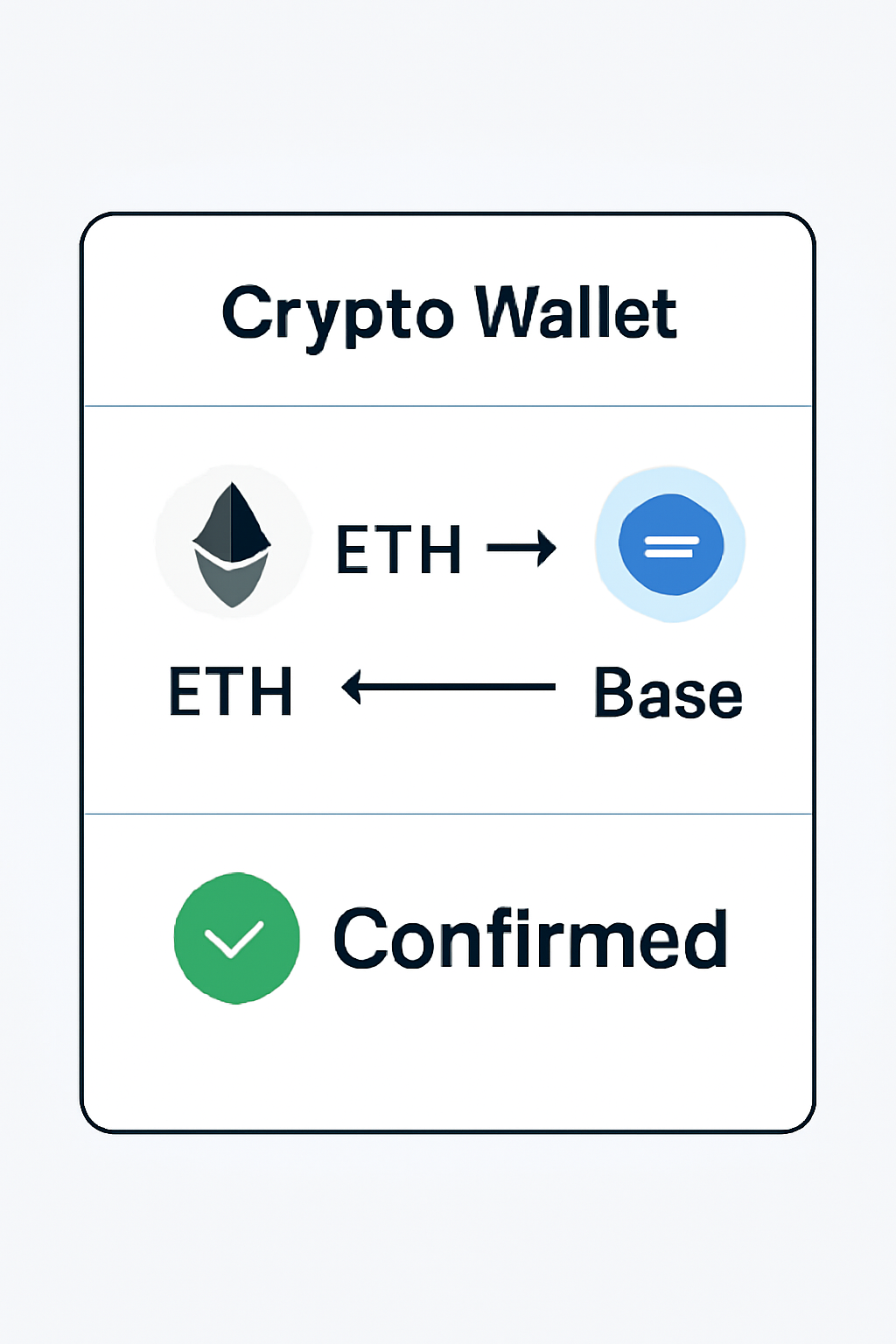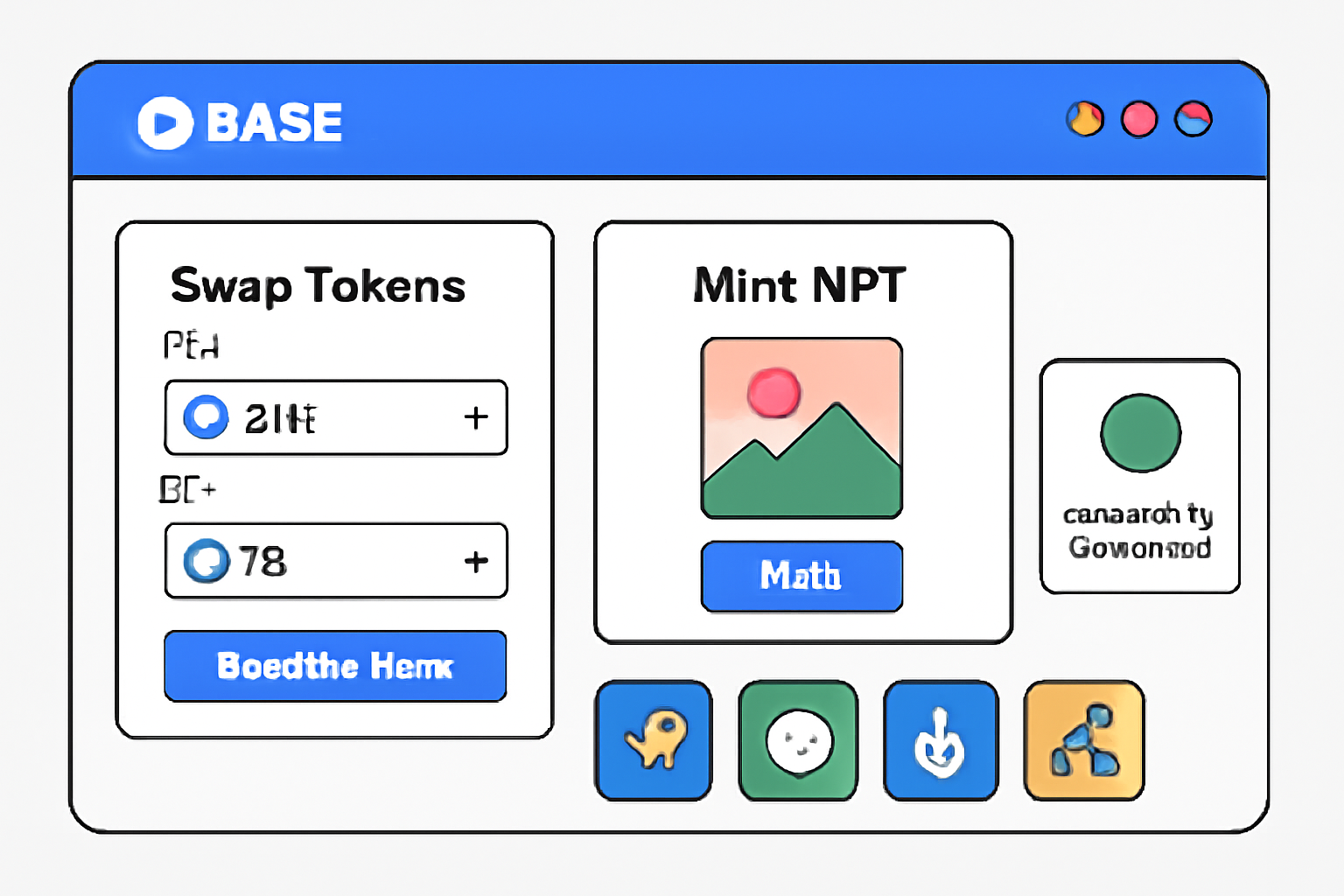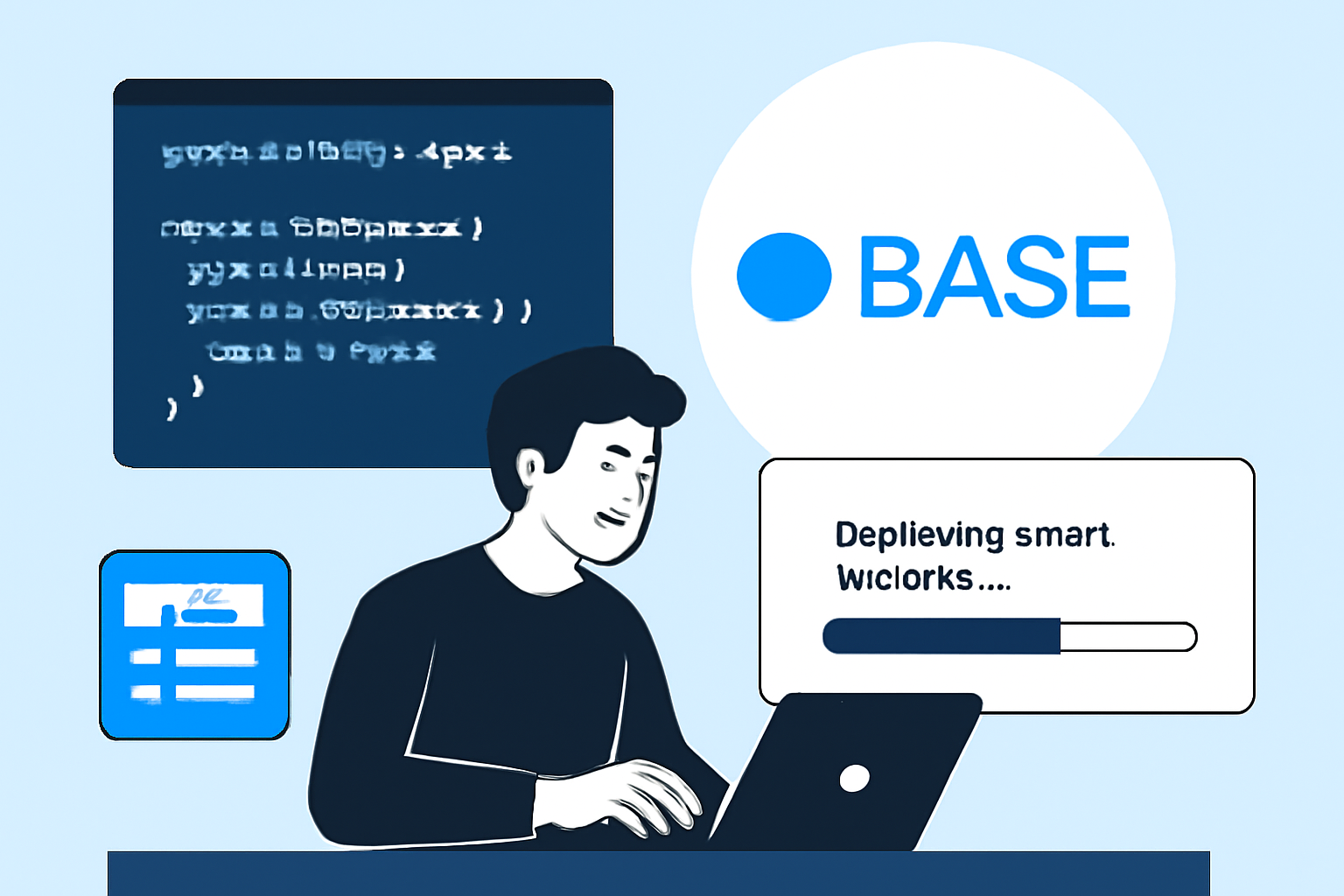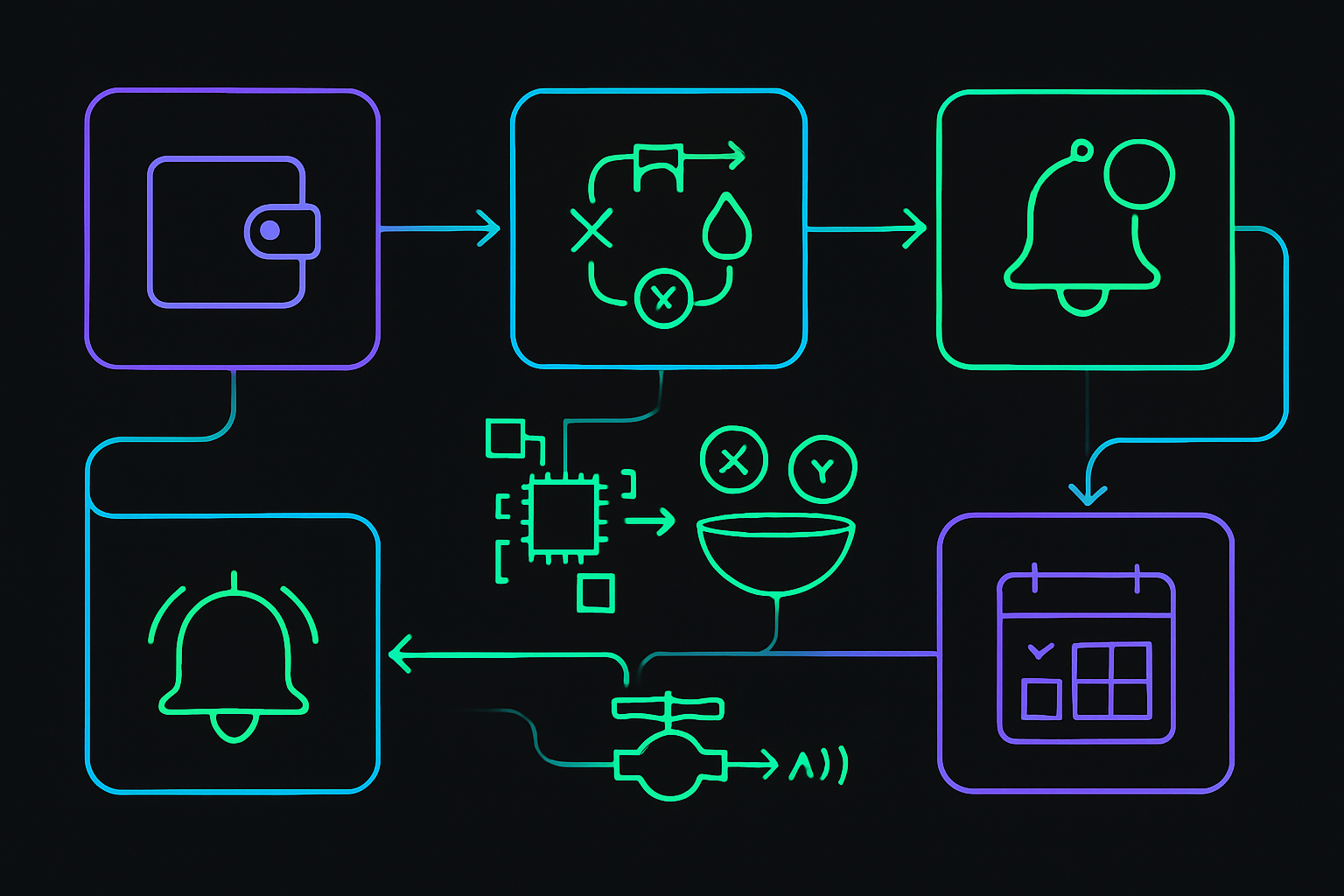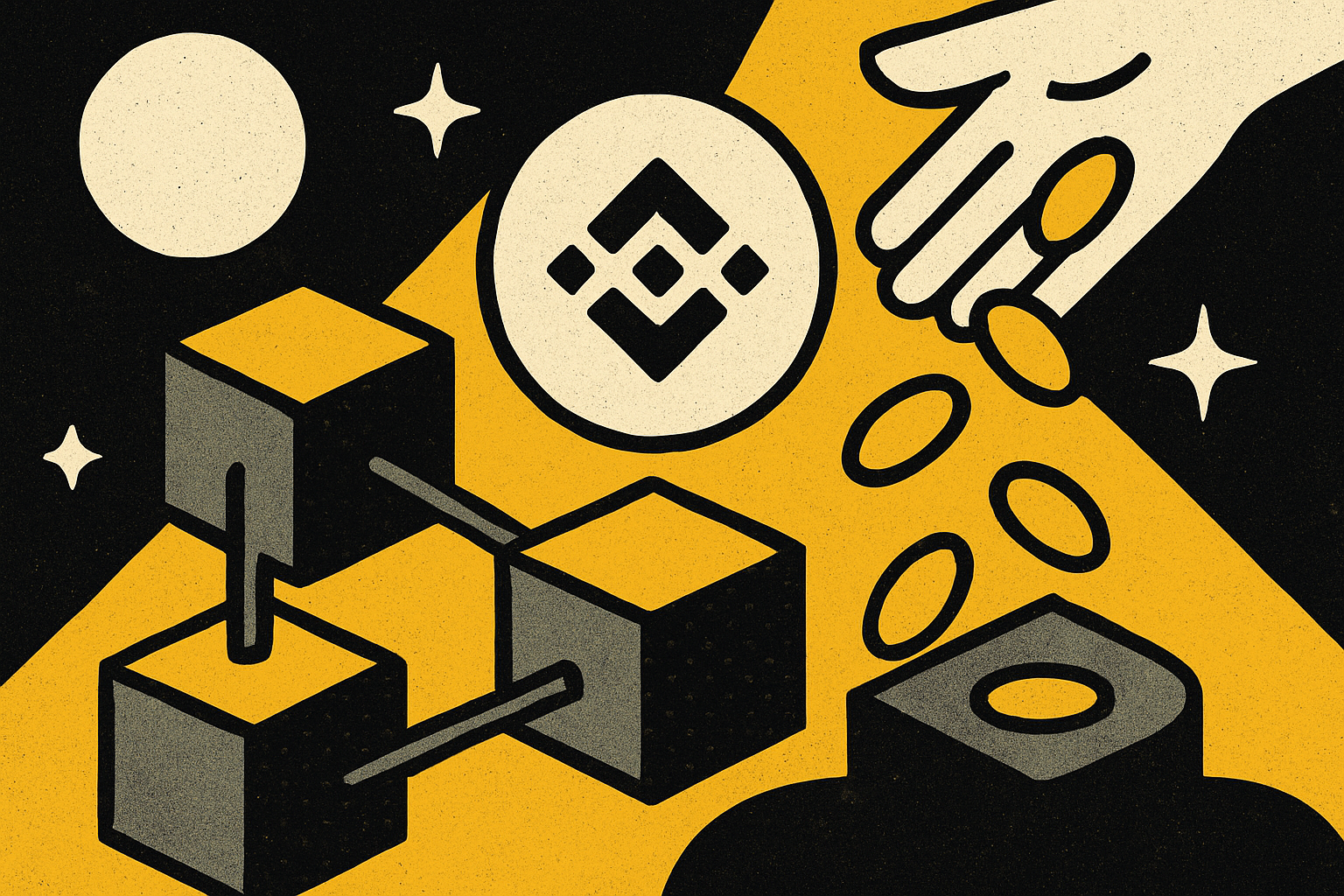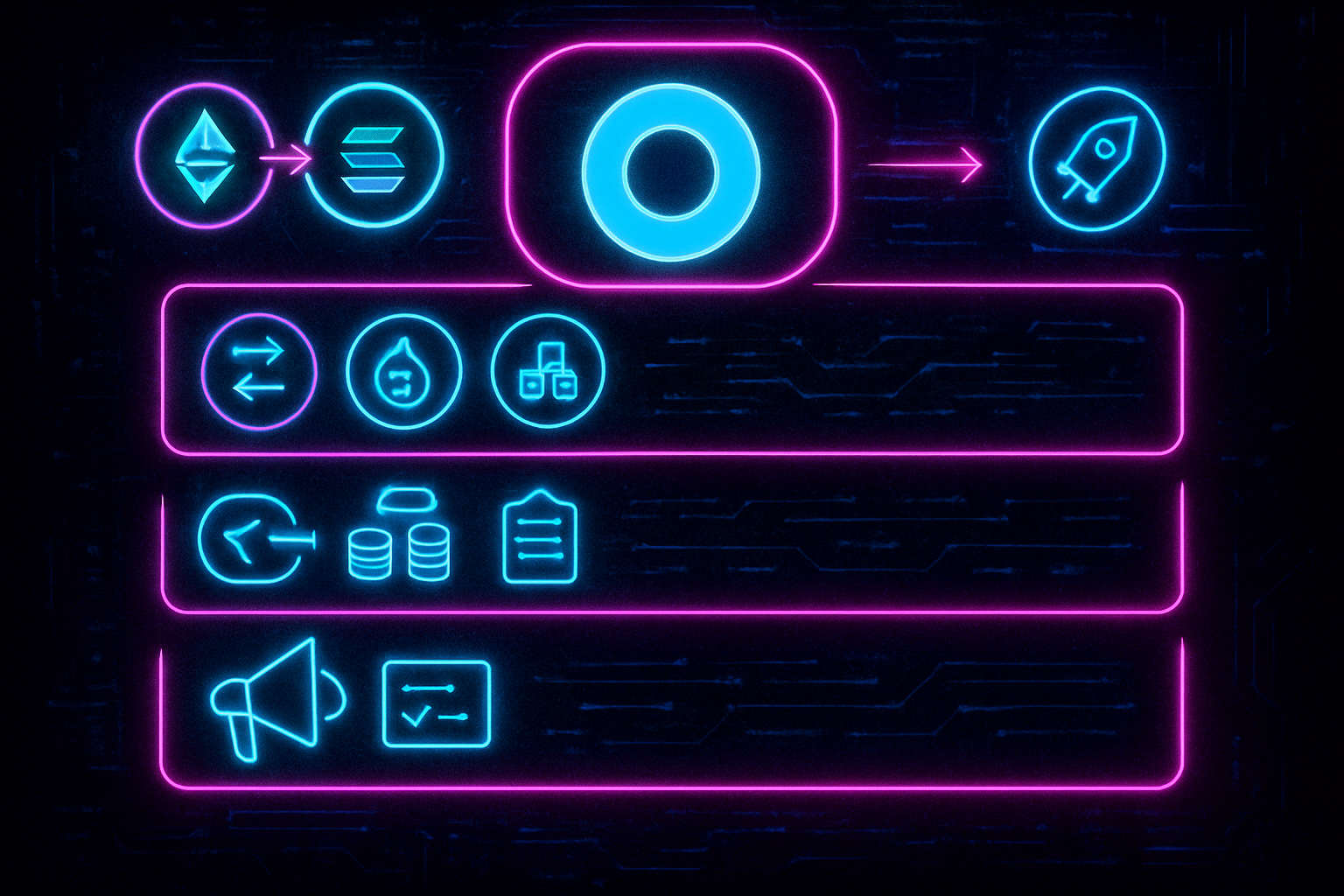
With Base Protocol (BASE) trading at $0.4167 as of September 2025, anticipation is building around a potential $BASE airdrop. While there’s no official confirmation yet, the network’s push for decentralization and ecosystem growth means that active participation is more important than ever. If you want to maximize your $BASE airdrop eligibility, you need to focus on specific, high-impact actions within the Base ecosystem, simply holding tokens or making sporadic transactions won’t cut it in 2024.
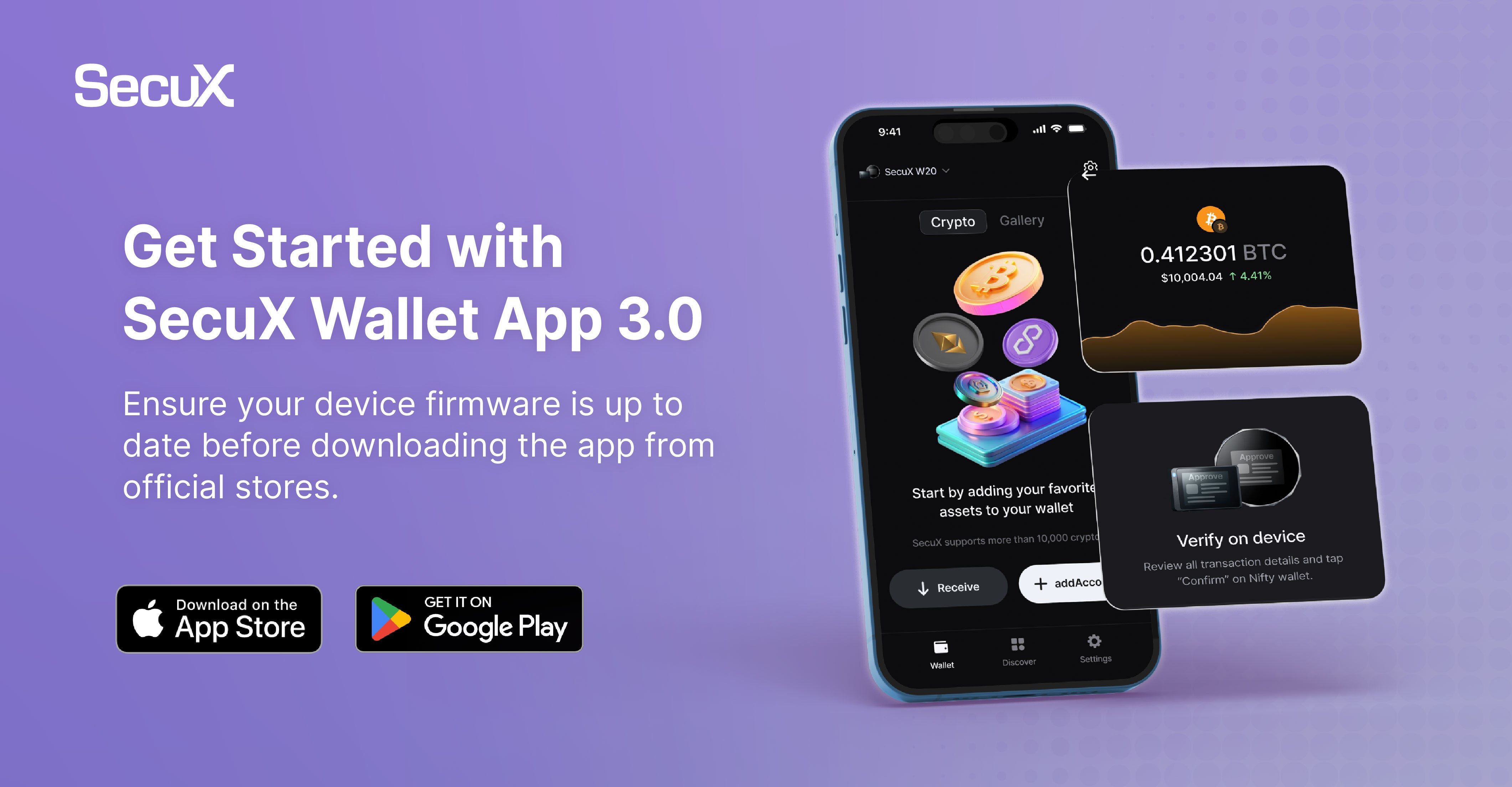
Why Onchain Activity Matters for $BASE Airdrop Eligibility
The most credible airdrops reward users who contribute value and demonstrate genuine engagement. For the Base network, this means that consistent onchain activity is likely to be weighted heavily in any future token distribution. The following steps are prioritized based on current market data and official guidance from leading sources such as BitPinas and Bankless. By focusing your efforts here, you can position yourself ahead of the crowd.
1. Bridge Assets Between Base and Other Major Networks
The very first step toward maximizing your $BASE airdrop eligibility is to bridge assets between Base and major chains like Ethereum or Solana. This action not only signals early adoption but also creates an immutable record of cross-chain activity, which is often used as a key eligibility criterion in major airdrops.
- How to do it: Use the official Base bridge to move ETH or USDC from Ethereum mainnet onto Base. Consider bridging back and forth periodically rather than just once.
- Tip: Avoid large one-off movements; smaller, regular transfers appear more organic.
This step demonstrates trust in the protocol’s security and infrastructure, two qualities that are highly valued by project teams when designing distribution models.
2. Perform Regular Onchain Transactions Using Base Apps
A single transaction won’t suffice if you’re aiming for maximum rewards. The next critical step is to perform regular onchain transactions using decentralized apps (dApps) built on Base. Think swaps, lending, staking, NFT mints, anything that leaves an activity trail unique to your wallet.
- Diversify your actions: Swap tokens via native DEXs (like Aerodrome), participate in lending/borrowing protocols, or stake assets within the ecosystem.
- Frequency matters: Spread out your activity over weeks or months instead of batching everything into one day.
- See more actionable tips here
This approach not only increases your visibility but also aligns with how most projects assess “real” network usage when determining who qualifies for an airdrop.
3. Participate in Base Ecosystem Launches and Join Base Batches
The third pillar of effective $BASE airdrop farming is direct involvement in new launches and community initiatives, most notably by joining Base Batches. These events often require users to complete specific tasks during defined windows, such as minting special NFTs or interacting with newly launched protocols.
- Stay updated: Follow official announcements regarding upcoming launches or batch campaigns.
- Batches often have snapshot dates: Make sure your participation falls within these windows so your actions are recognized during eligibility reviews.
- You can find comprehensive guides at resources like this step-by-step guide.
Batches are designed to reward early adopters who help bootstrap liquidity and test new products, two behaviors that almost always feature prominently in retroactive token distributions.
4. Deploy or Interact with Smart Contracts on the Base Network
For those with a technical edge, or simply a willingness to explore deeper layers of the ecosystem provides deploying or interacting with smart contracts on Base is one of the highest-signal actions you can take. This goes beyond basic dApp usage, demonstrating a commitment to building and supporting the protocol’s infrastructure.
- Developers: Launch your own smart contracts, mini-apps, or tools directly on Base. Even simple test deployments can help establish your wallet as an active contributor.
- Non-developers: Interact with existing contracts by minting NFTs from new projects, participating in DeFi protocols at the contract level, or using advanced features like liquidity provision.
- You may also want to track your activity for future proof-of-participation, keep transaction hashes and contract addresses handy.
This step is especially critical if Base introduces a creator airdrop or developer rewards. Historical data from other layer-2 launches shows that wallets involved in contract deployment often receive outsized allocations.
5. Engage with Official Base Campaigns and Governance Proposals
No $BASE airdrop eligibility strategy is complete without active engagement in official campaigns and governance proposals. Participation here signals not just technical activity but community alignment, a factor that’s increasingly valued as networks decentralize.
- Campaigns: Take part in Onchain Summer events, Galxe quests, and other official initiatives. These often come with digital badges, pins, or roles that serve as on-chain proof of engagement.
- Governance: If governance proposals are live, vote or delegate your votes using your wallet. Even reading proposals and signing messages can leave a valuable trace.
- Learn more about campaign participation here
This kind of involvement demonstrates sustained commitment, something algorithms tend to prioritize when filtering out passive speculators from genuine contributors.
Best Practices: Consistency, Security, and Documentation
If you want to maximize Base airdrop rewards, discipline is key. Spread out your actions over time for a natural footprint; avoid sudden spikes in volume that could flag you as an opportunist. Always use official channels to bridge assets or join events, scams are rampant around major token launches. Finally, keep meticulous records: save links to your Basename registration, Guild roles earned, transaction hashes for key activities, and any digital badges acquired during campaigns.
What Sets Top Airdrop Farmers Apart?
The most successful participants treat $BASE eligibility as an ongoing process, not a one-off checklist. They look for ways to add value at every layer: bridging assets regularly between networks, experimenting with new dApps weekly, showing up for every batch event or campaign drop, deploying (or at least interacting with) smart contracts directly on Base, and making their voice heard in governance forums.
The current BASE price of $0.4167, down 8% over 24 hours but holding steady above its recent low of $0.4158, reflects both market uncertainty and long-term optimism about the ecosystem’s growth potential. Staying active now could pay dividends if (and when) the $BASE token distribution is announced.
Which step do you think will have the biggest impact on your $BASE airdrop eligibility?
With several ways to boost your chances for a potential $BASE airdrop, which action do you believe is most important? Select the one you think matters most based on current eligibility criteria and market guidance.
Summary Table: Concrete Steps to Maximize $BASE Airdrop Eligibility (2024)
| Step | Description and amp; Tips 📝 |
|---|---|
| Bridge Assets Between Networks 🌉 | Move ETH/USDC between Ethereum/Solana and amp; Base regularly; avoid large one-off transfers. |
| Onchain Transactions 🔄 | Diversify swaps/lending/staking via native dApps over weeks, not all at once. |
| Ecosystem Launches and amp; Batches 🚀 | Join official launches/batch events within snapshot windows for maximum recognition. |
| Smart Contract Deployment/Interaction 💻 | (For devs) Deploy contracts/apps; (for users) Mint NFTs/interact directly with contract addresses. |
| Official Campaigns and amp; Governance 🗳️ | Tackle quests/events and amp; participate in governance voting/proposals for proof-of-engagement badges/roles. |
If you’re disciplined about these steps, and stay vigilant against scams, you’ll be well-positioned should the anticipated $BASE token distribution materialize. In this fast-moving space, systematic engagement is your best risk-adjusted bet for capturing future value within the Base network ecosystem.

